travel
China Elevator Stories
Old German Buildings in Qingdao, Shandong Province (China Travel)
Qingdao features many old buildings built by the Germans when the city was a German colony.
19/05/2025

Ruth Silbermayr
Author
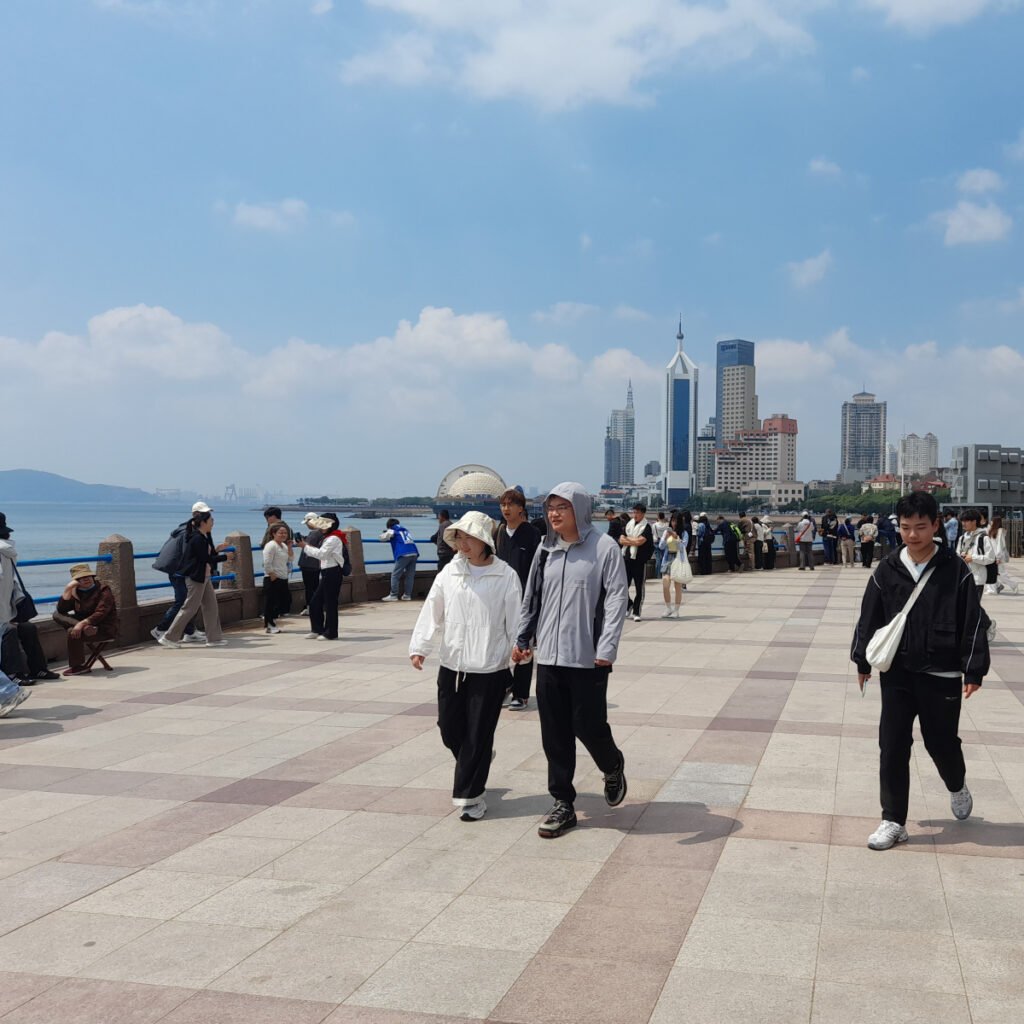
I recently spent a weekend in Qingdao. I wrote about my experience here. Early May is a great time to visit—it was already warm, but not unbearably hot (I went the weekend after Labor Day). The air was a bit polluted on the first evening, but it cleared up the next day, and I enjoyed two days of relatively clean air.
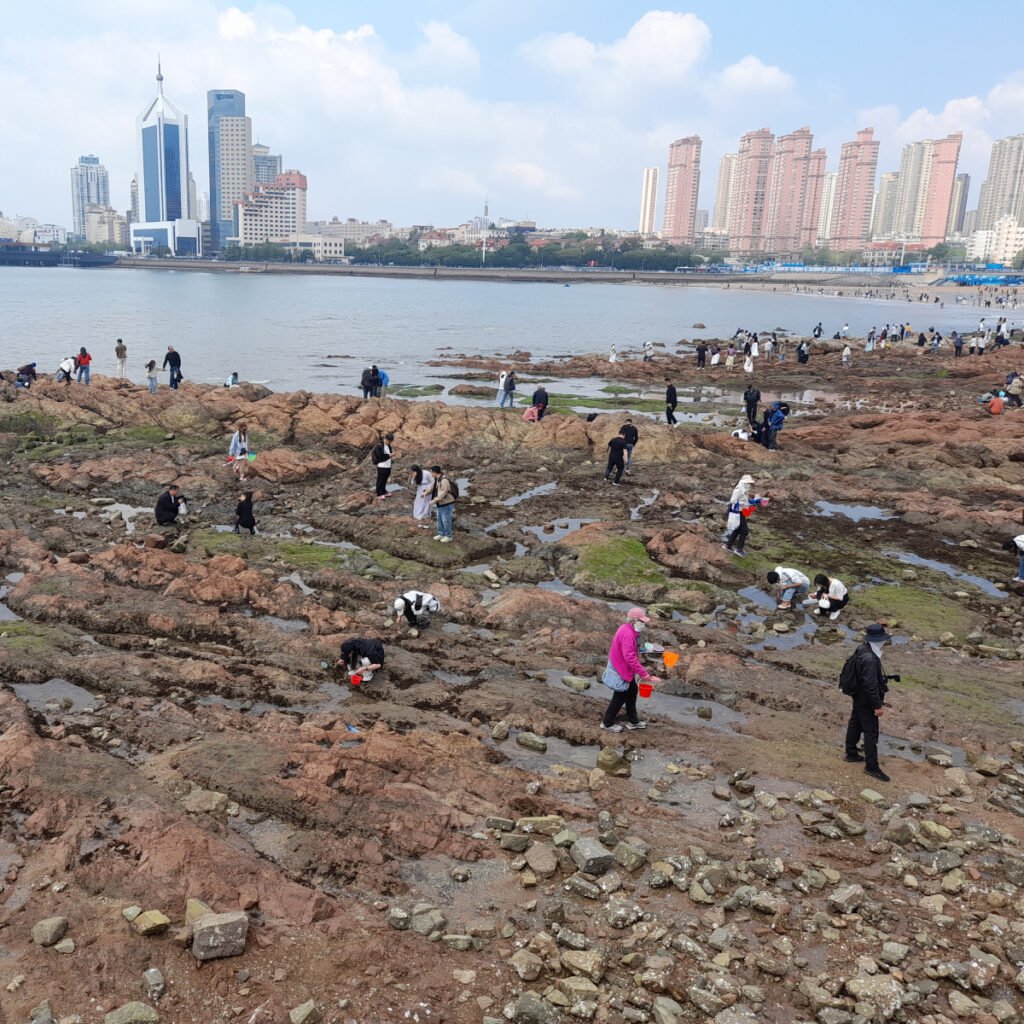
Qingdao has a very interesting history. It used to be a colony of Germany. Originally just a fishing village, the Qing Dynasty planned in 1891 to turn it into a military base to fend off naval attacks from the sea. After it started building fortifications, the Germans seized them, and the Qing Dynasty was forced to sign Qingdao over to Germany in 1897.

Qingdao offers a lot of historical buildings, some of which can be visited (most charge a small entrance fee). Qingdao used to be called Kiaochow (Jiaozhou in Pinyin); this was the name it had before it was signed over to Germany during the Qing Dynasty.
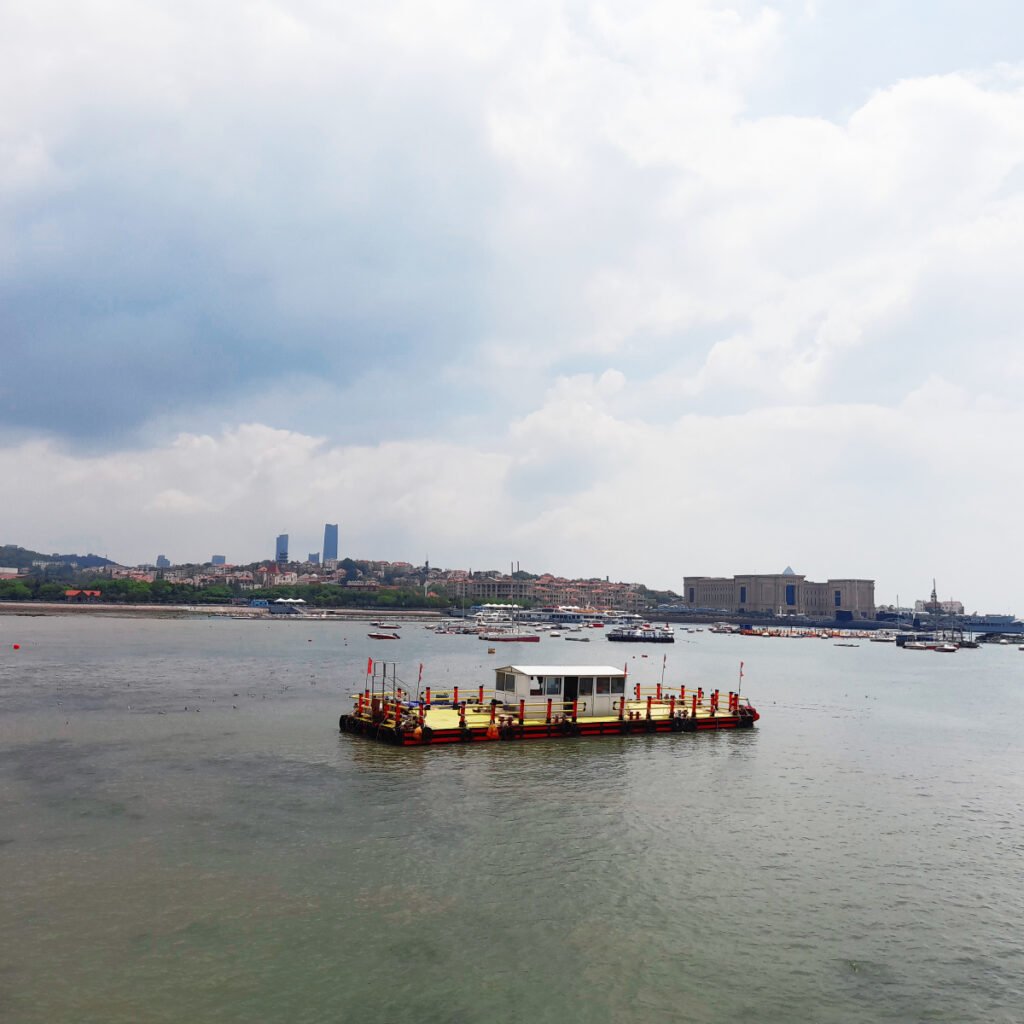
In 1897, parts of Shandong Province, including the area of today’s Qingdao, were signed over to the Germans in what was called the “Kiaochow Lease Treaty” for a period of 99 years. Germany received land from China and started to build a German town in the Far East, changing Kiaochow’s name to Qingdao (青岛, which literally means “Green Island”).
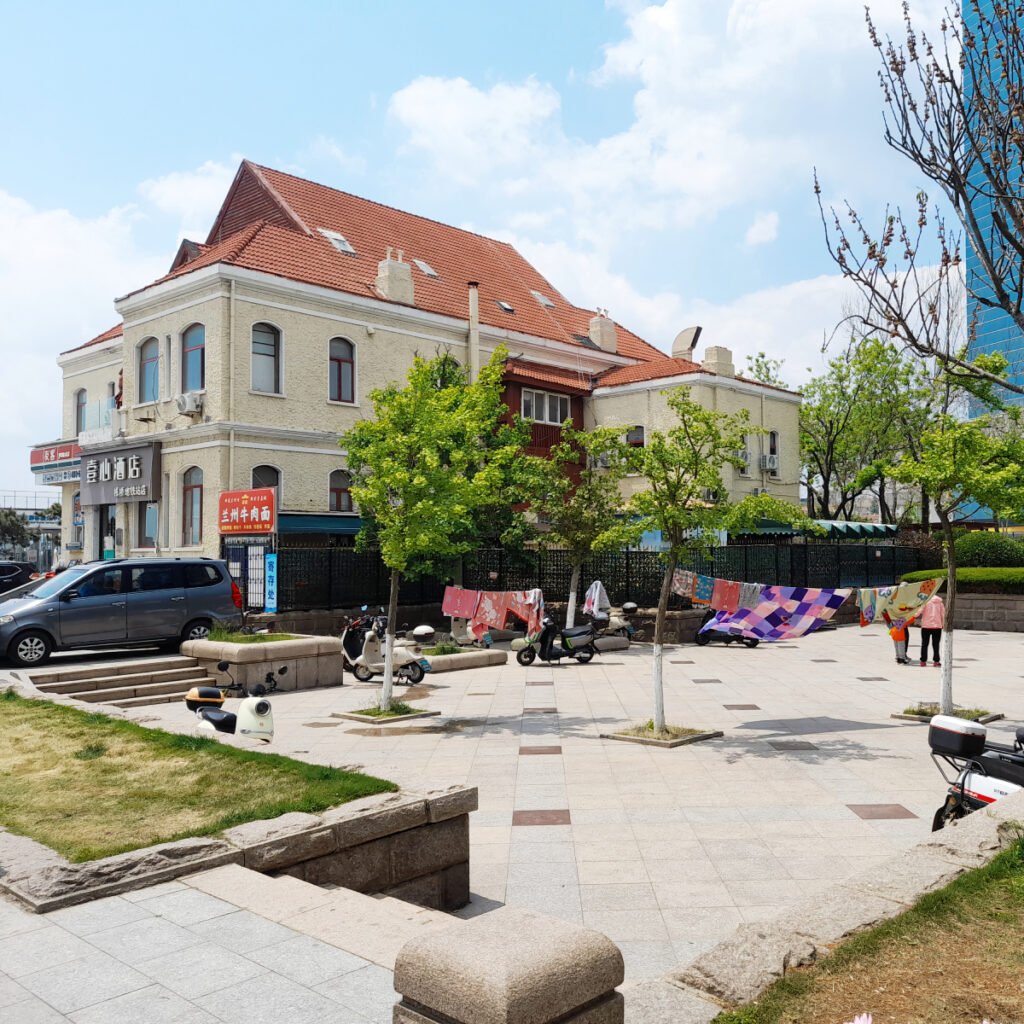
It wasn’t occupied by Germany for 99 years, though, due to war. In 1914, Japan declared war on Germany and occupied the city, among other places. In 1922, China was able to regain power over the city. The Qing Dynasty had ended in 1912, and before the Communists came to power, China was called the Republic of China. In 1938, the city was reoccupied by Japan once again. In 1949, the city was regained by China. Today, the German influence on the city can still be seen.
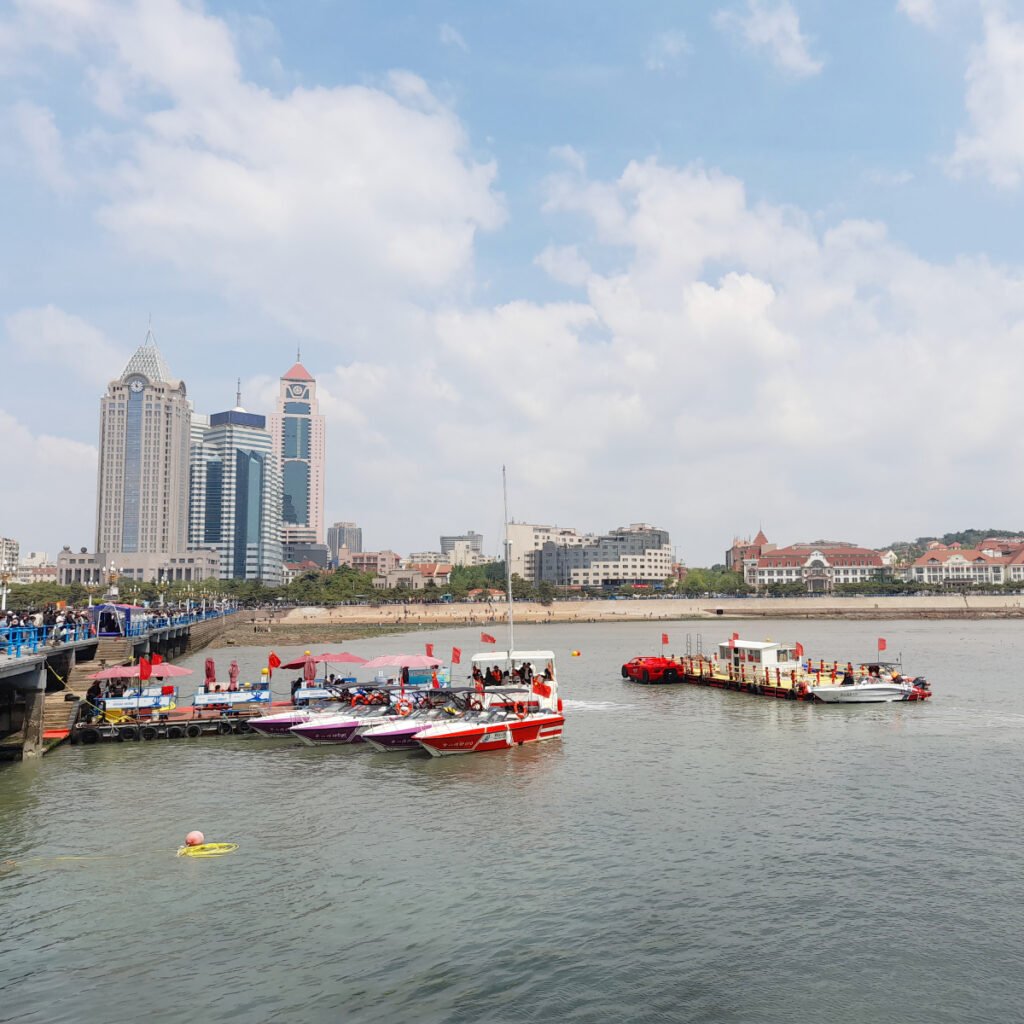
I didn’t get to visit all the recommended places, and since I didn’t have much time, I skipped the Former German Brewery in favor of other places. I recommend staying at least 4–5 days if you have more time, as this will give you enough time to visit the recommended sights. You can also combine it with a visit to the sea and go swimming during the summer months (June–September), since Qingdao has beaches that are easily accessible for visitors and can be reached by metro.
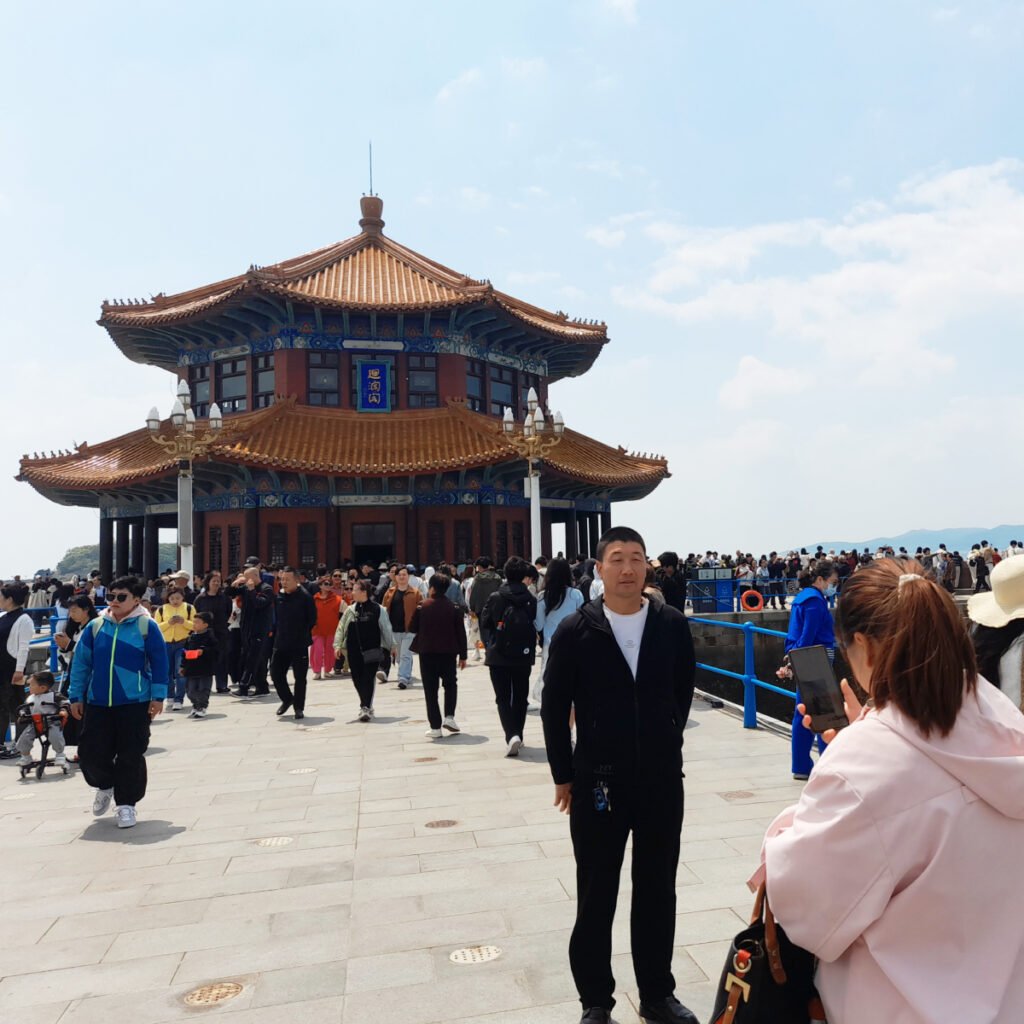
If you have only 2 days, it is still worth visiting. Many of the sights are in the same area, and if you stay for a shorter time, you can skip some places and visit others. The Old Town of Qingdao, which is located near the Qingdao Railway Station, can be visited in one day. About half a day is enough to walk around the Old Town if you don’t visit Badaguan (the buildings on the nearby hill, which offers a few more places to visit). It can be combined with a walk along the sea promenade, where you can enjoy views of the sea and the city, and visit the Zhanqiao Pier (栈桥) and Huilan Pavilion (回澜阁) (address: 12 Taiping Road, Shinan District, Qingdao, Shandong Province, China), all of which are free of charge. Zhanqiao Pier was built in 1892, a few years before Qingdao was signed over to the Germans.
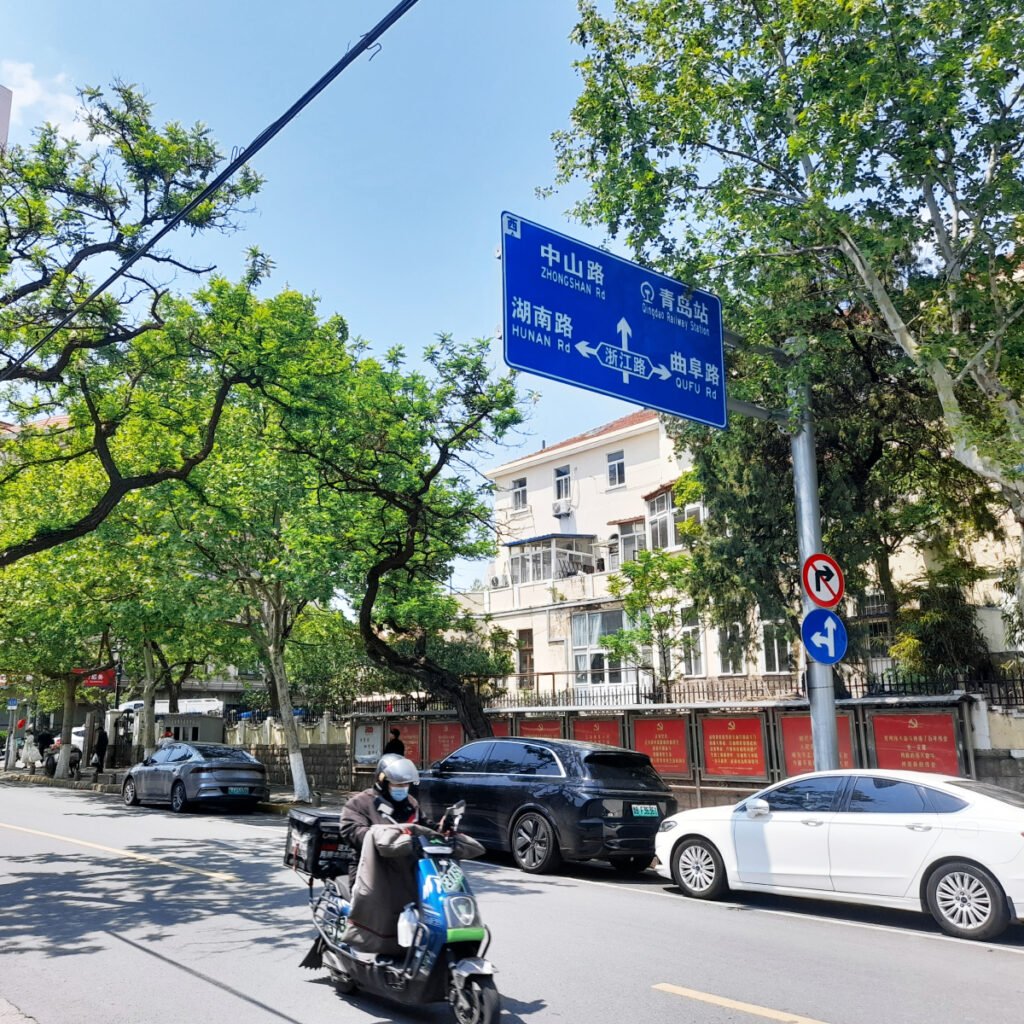
The Qingdao Railway Station (青岛站) is a short walking distance from the sea and the Old Town. You can use it as a starting point to walk around the Old Town, as well as take a walk along the sea promenade, which is also just around the corner. The Railway Station itself is a historic building that was built by the Germans in 1900 and later reconstructed by the Chinese. In 1904, the Qingdao–Jinan Railway was opened, connecting the port city to the provincial capital.
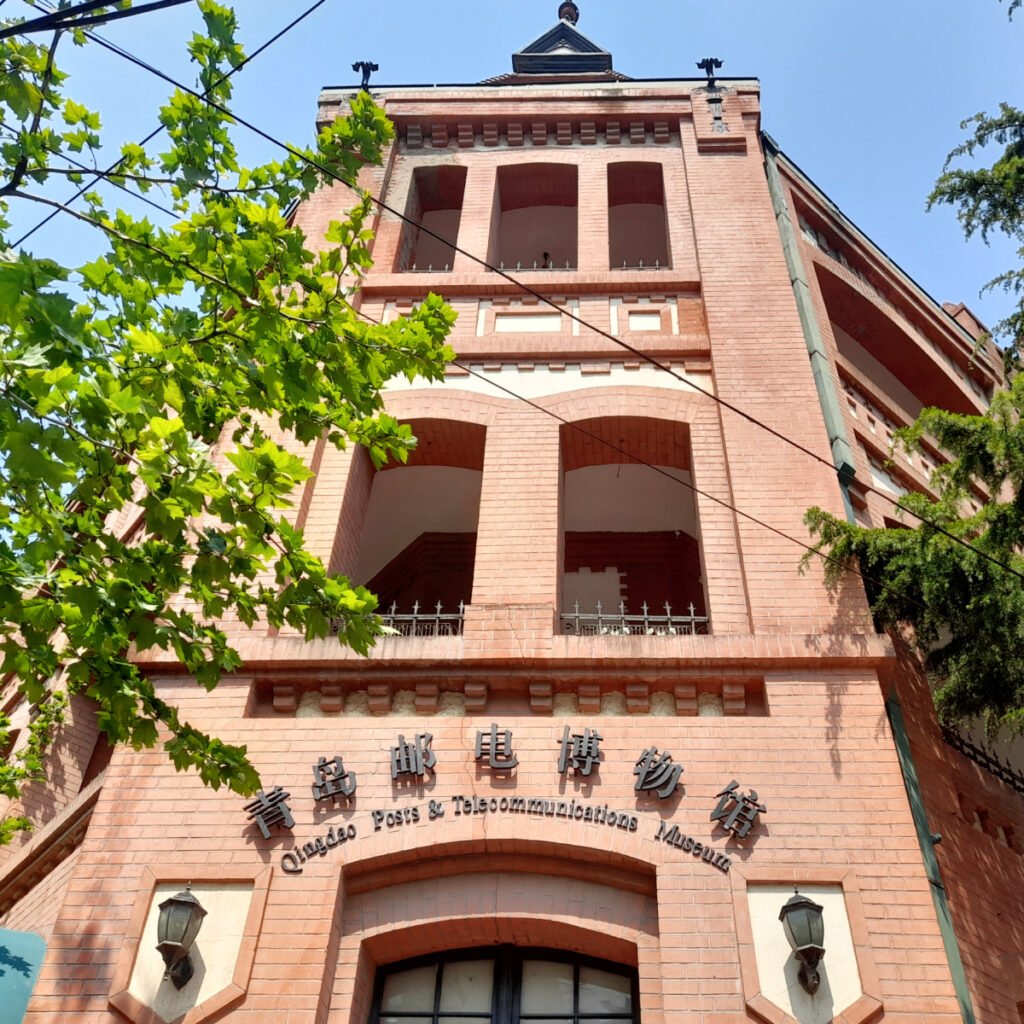
One building in the Old Town is the Qingdao Post and Telecommunications Museum, which used to be the Imperial German Post Office and was built in 1901 (address: No. 5, Anhui Road, Shinan District, Qingdao, Shandong Province). The museum is located on the second floor. The first floor features a special kind of post office—unlike more modern post offices—where you can send a card that will arrive sometime in the future, such as one year from now (reminding us that sending a letter or a card used to take a very long time in the past).

Another old building is the Former Site of Xiangyi Building, a place called “Behren’s Residence.” It is a building that was constructed between 1903 and 1904 and used to house a publisher, namely the Tsingtauer Neueste Nachrichten, which translates to The Newest Qingdao News in English (address: 17 Zhongshan Street, Shinan District, Shandong Province, China).
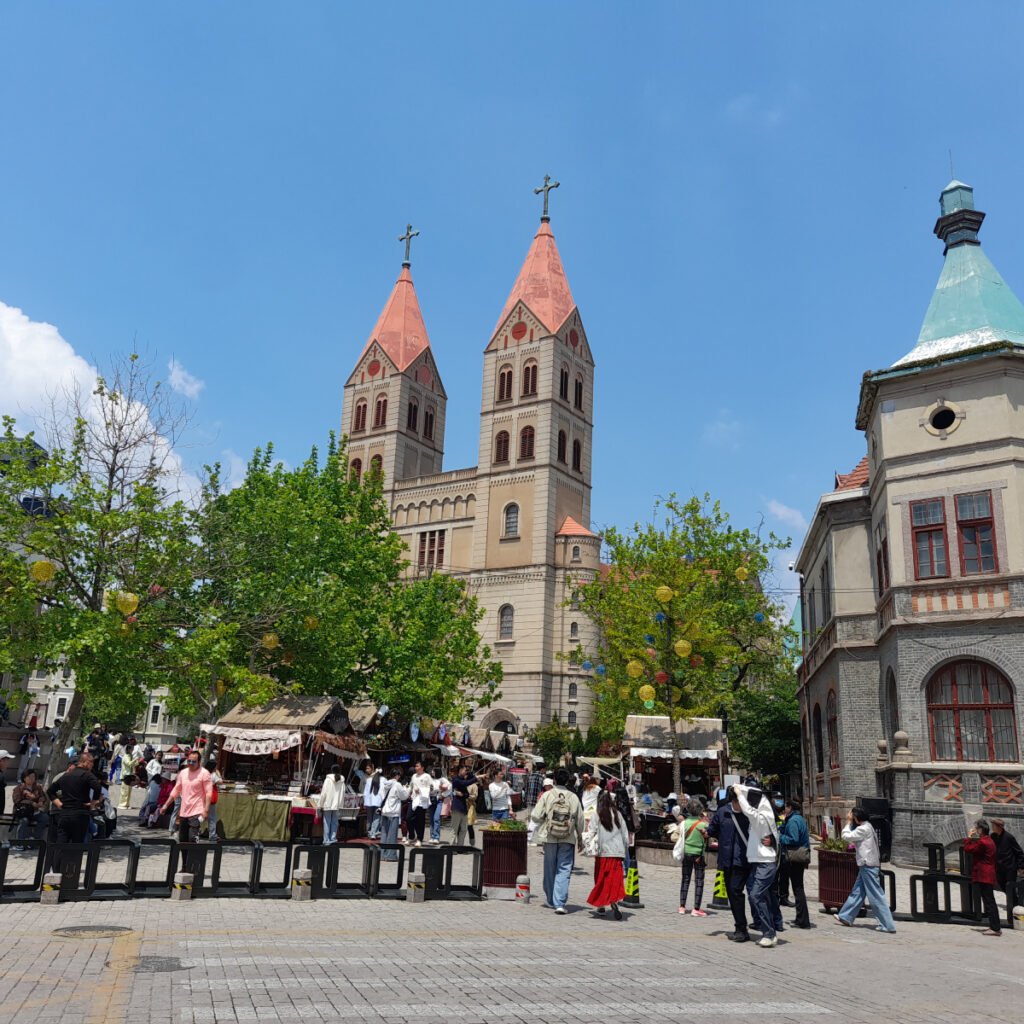
Churches were also built. The most famous is St. Michael’s Cathedral, which was built in 1931 (address: 26 Zhejiang Road, Shinan District, Qingdao City, Shandong Province, China). The church has an entrance fee of 10 yuan and is located in Qingdao Old Town.
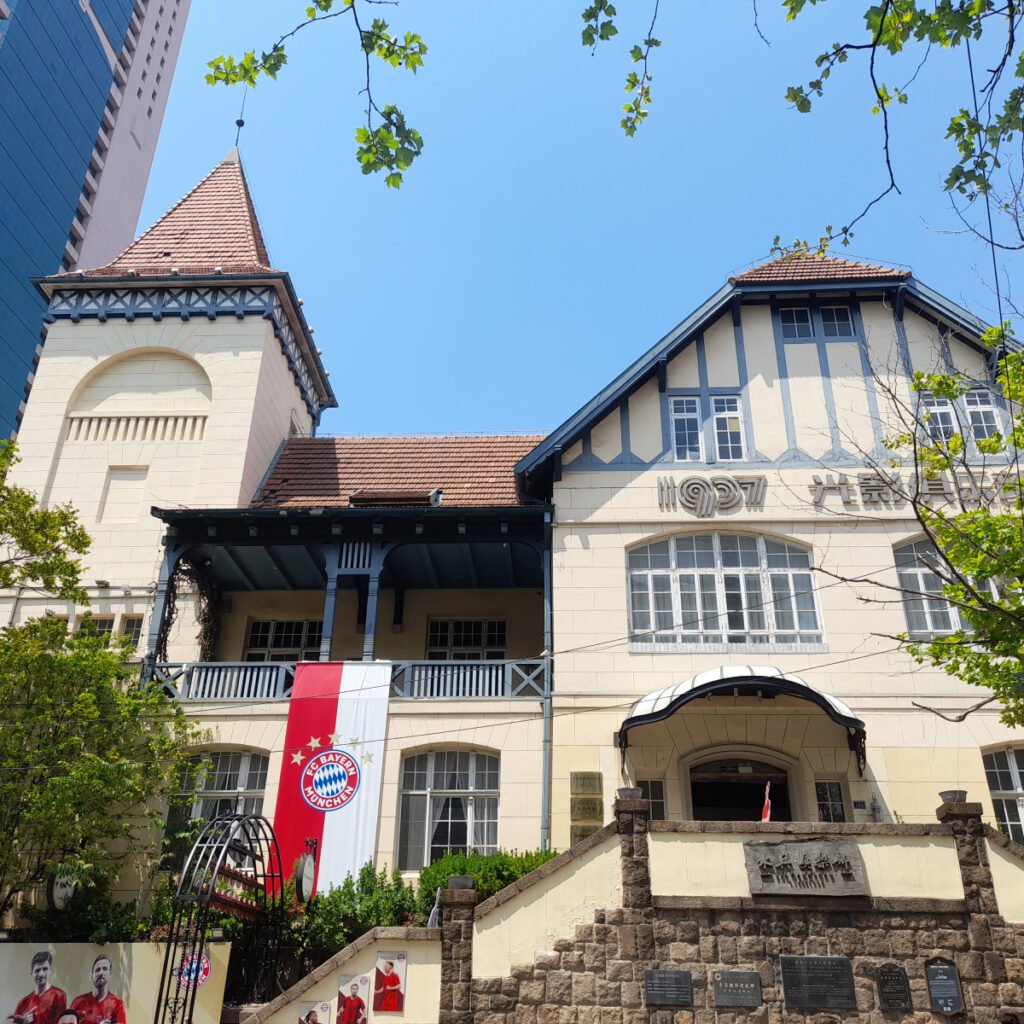
Many buildings were built by the Germans around Zhongshan Street. Today, these buildings can still be visited. Although they are frequently renovated, their original structures and architecture remain. So don’t be surprised if some of the buildings have adobe bricks that look quite new. The area once featured different financial institutions, foreign firms, office buildings, and places that offered shopping, dining, and entertainment.
Have you ever been to Qingdao?